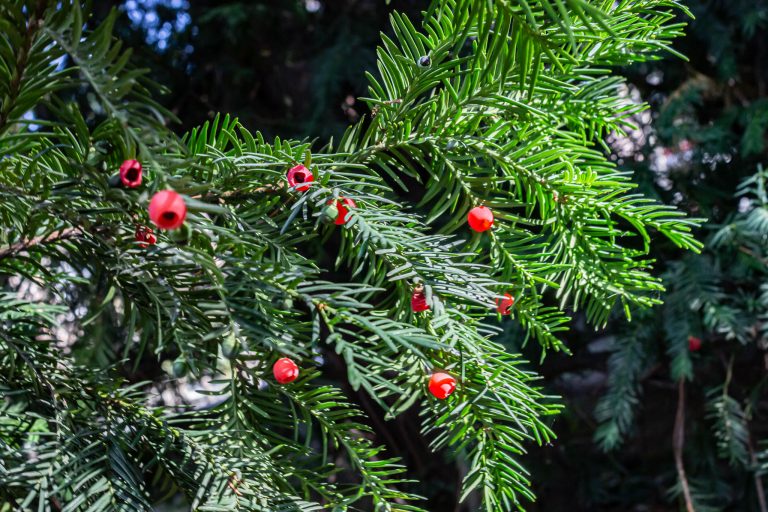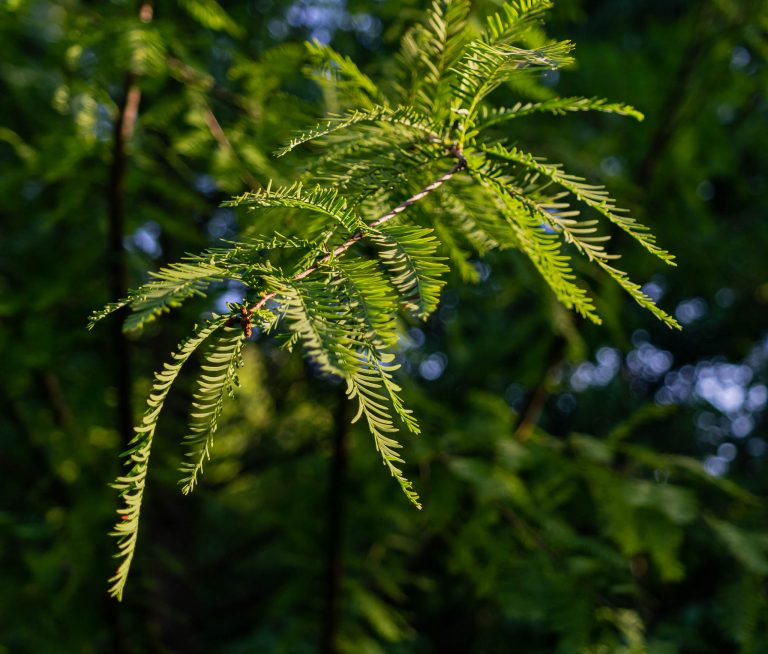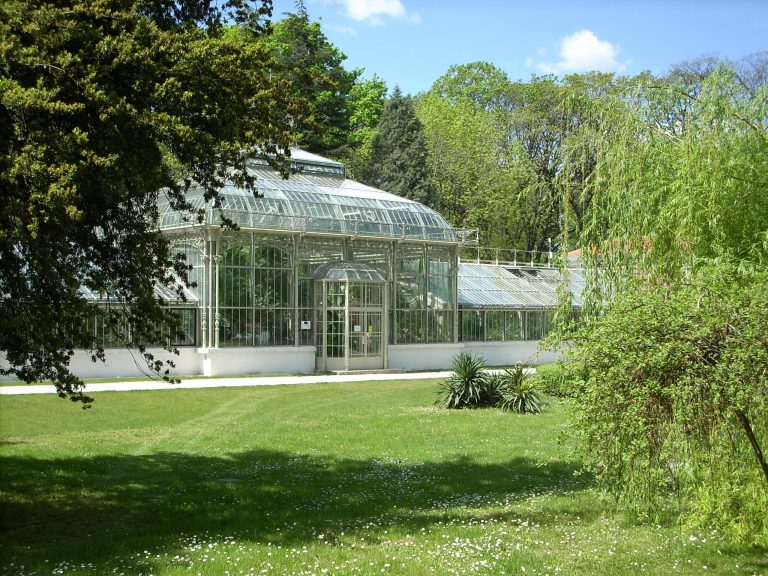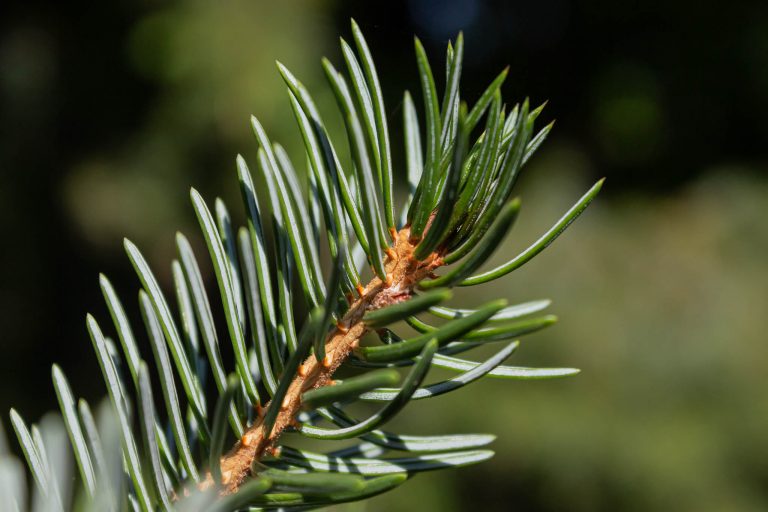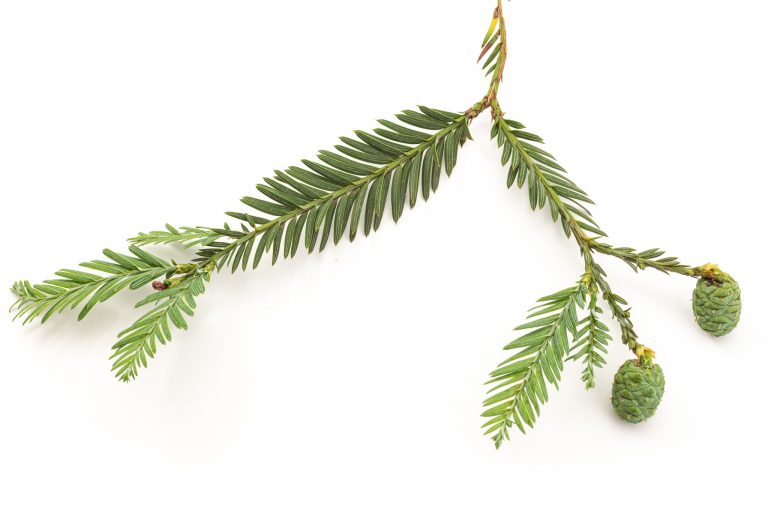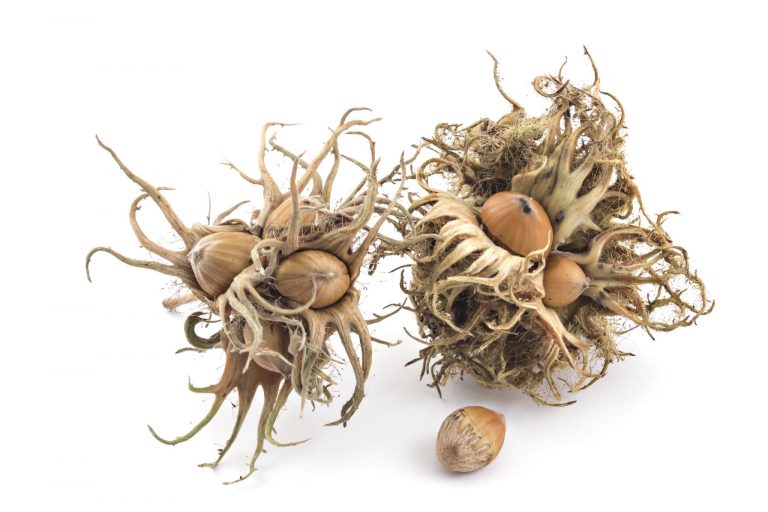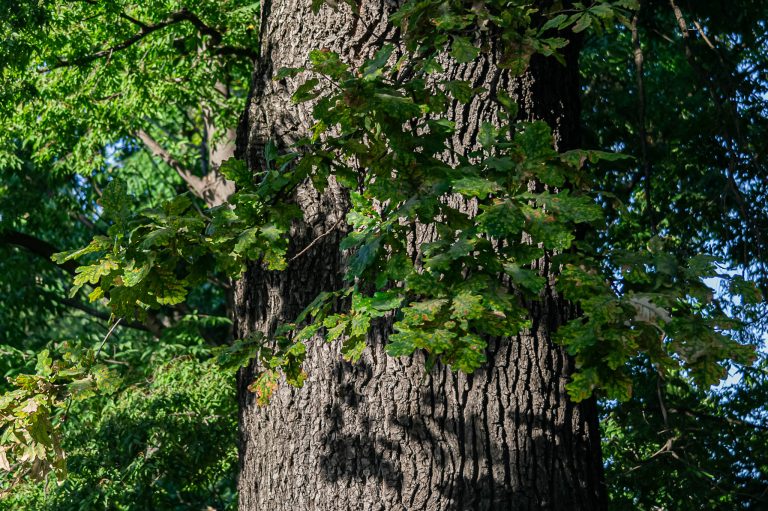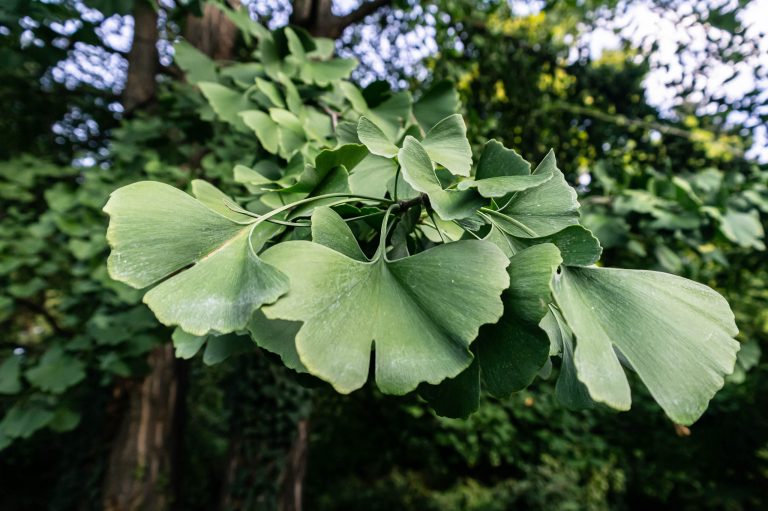Vrsta je cenjena u tradicionalnoj medicini na dalekom istoku, a cvetovi i listovi ove biljke su jestivi. Iako se plodovi koriste u tradicionalnoj medicini, mogu izazvati toksične efekte koji uključuju mučninu, vrtoglavicu, povraćanje i bol u stomaku.
Zbog izuzetne dekorativnosti se koristi kao ukrasna vrsta u hortikulturi i često je sađena u parkovima. Među brojnim kultivarima ove vrste, jedna od najpopularnijih je žalosna forma (pendula). Drvo je kvalitetno i može se koristiti kao građevinski materijal. Naziv vrste na engleskom jeziku je pagoda tree (drvo budističkih hramova), zbog činjenice da je često sađena u njihovoj blizini.
This deciduous tree of the Fabaceae family is originally from China, but was introduced to Japan. The tree reaches a height of over 20 m. The inflorescences are attractive and occur in large numbers, and the plant is extremely honey-bearing. The species is valued in traditional medicine of the Far East, and the flowers and leaves of this plant are edible. Because of its exceptional ornamental qualities, it is used as an ornamental plant in horticulture and is often planted in parks. Among the many cultivars of this species, one of the most popular is the pendula form.


